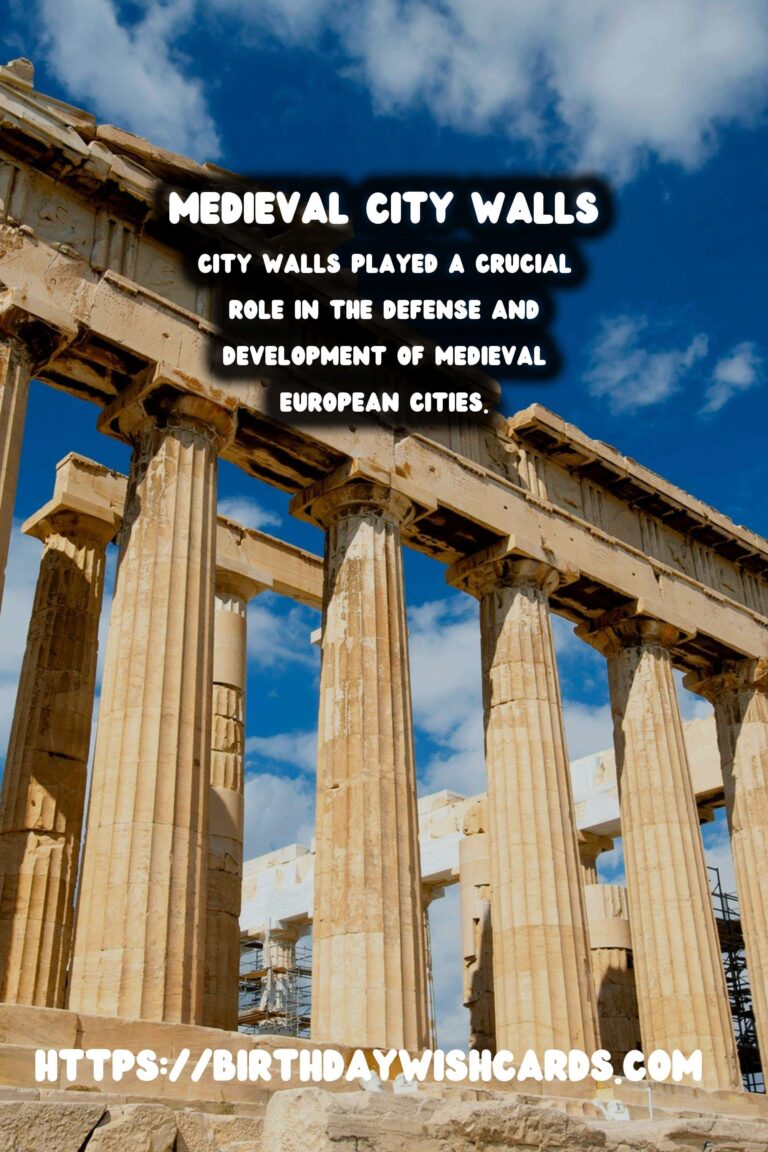
City walls played a crucial role in the defense and development of medieval European cities. Acting as both physical and symbolic barriers, these imposing structures were an integral part of urban life during the Middle Ages.
The Function of City Walls
City walls were primarily constructed for protection. In an era marked by frequent warfare and raids, walls provided a fortress-like barrier against invaders. These structures often included watchtowers and gates that were secured at night, adding an extra layer of defense.
Beyond their defensive capabilities, city walls also served to control immigration and regulate trade. Markets and businesses often thrived within these walls, with certain periods allowing non-residents to enter for commerce. This control enabled cities to impose taxes and monitor the flow of valuable goods.
Architecture and Design
The architecture of city walls reflected the evolving art of fortification. Early walls were made from wood and earth but were gradually replaced by stone for greater strength and durability. The thickness of the walls often determined their defensive capacity, influenced by advancements in siege technology.
Innovative designs included crenellations for archers, moats for added protection, and barbicans at gatehouses to slow the advance of attacking forces. The construction often required substantial resources and labor, emphasizing the city’s wealth and status.
Social and Political Implications
The presence of city walls had significant social and political implications. Politically, a walled city was a symbol of autonomy and independence. The ability to fortify and defend a city was a declaration of self-governance, reflecting the ambitions of its ruling class.
Socially, life within the walls created a stratified society. Nobles, merchants, and artisans usually lived within the protection of the walls, while peasants and laborers often resided outside. This segregation sometimes led to tensions between different social strata.
Iconic Examples of Walled Cities
Many medieval European cities were renowned for their walls, with some still visible today. The city of Carcassonne in France is famous for its well-preserved double walls, reflecting medieval military architecture. The Croatian city of Dubrovnik also boasts extensive medieval walls, offering insights into the period’s defensive techniques.
These cities functioned as cultural and political hubs, attracting visitors from far and wide. Their walls have become significant tourist attractions, appreciated for their historical and architectural value.
The Decline of City Walls
With advancements in warfare, particularly the introduction of gunpowder and cannons, the significance of city walls began to wane. The walls that once offered impregnable defenses became vulnerable to new military strategies.
In the Renaissance era, cities began to expand beyond their medieval confines. The development of citadels and bastions marked a shift in urban defense planning, paving the way for modern urban landscapes.
Conclusion
City walls during medieval times were more than just fortifications; they were a testament to the socio-political and economic dynamics of the era. While many have fallen to the ground or been absorbed by modern development, their legacy endures as historical reminders of a significant period in European history.
City walls played a crucial role in the defense and development of medieval European cities. The architecture of city walls reflected the evolving art of fortification. 
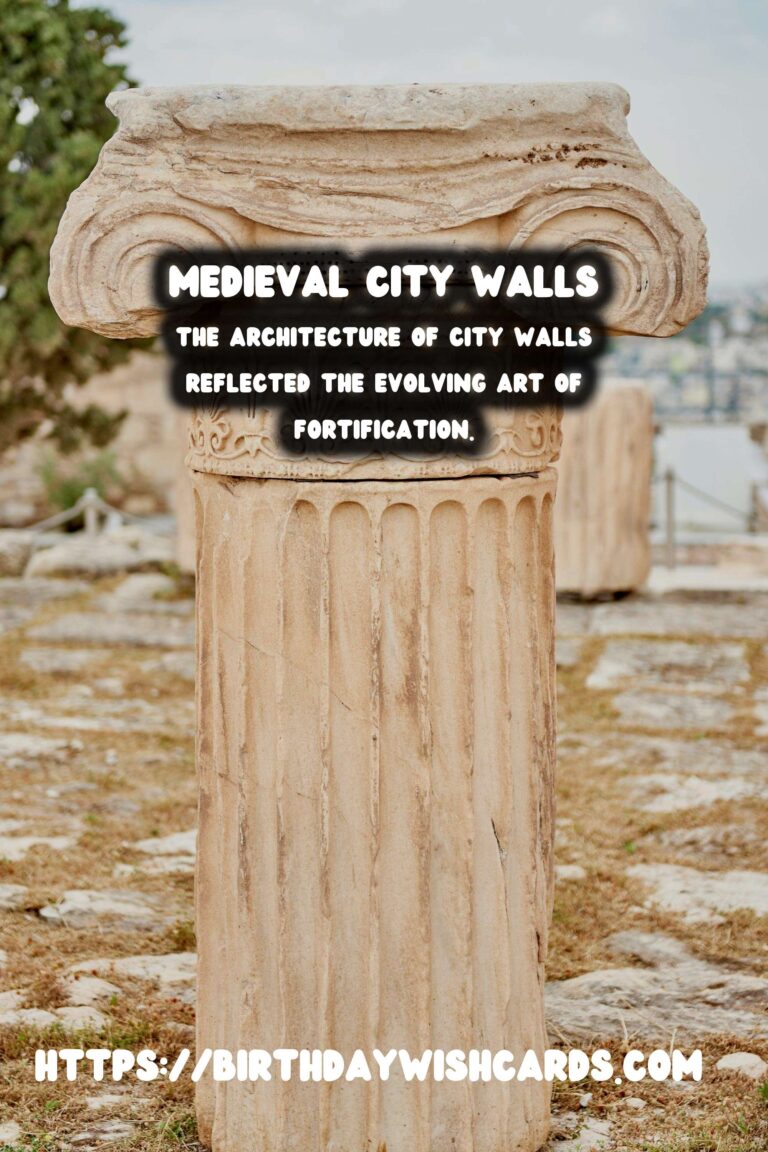
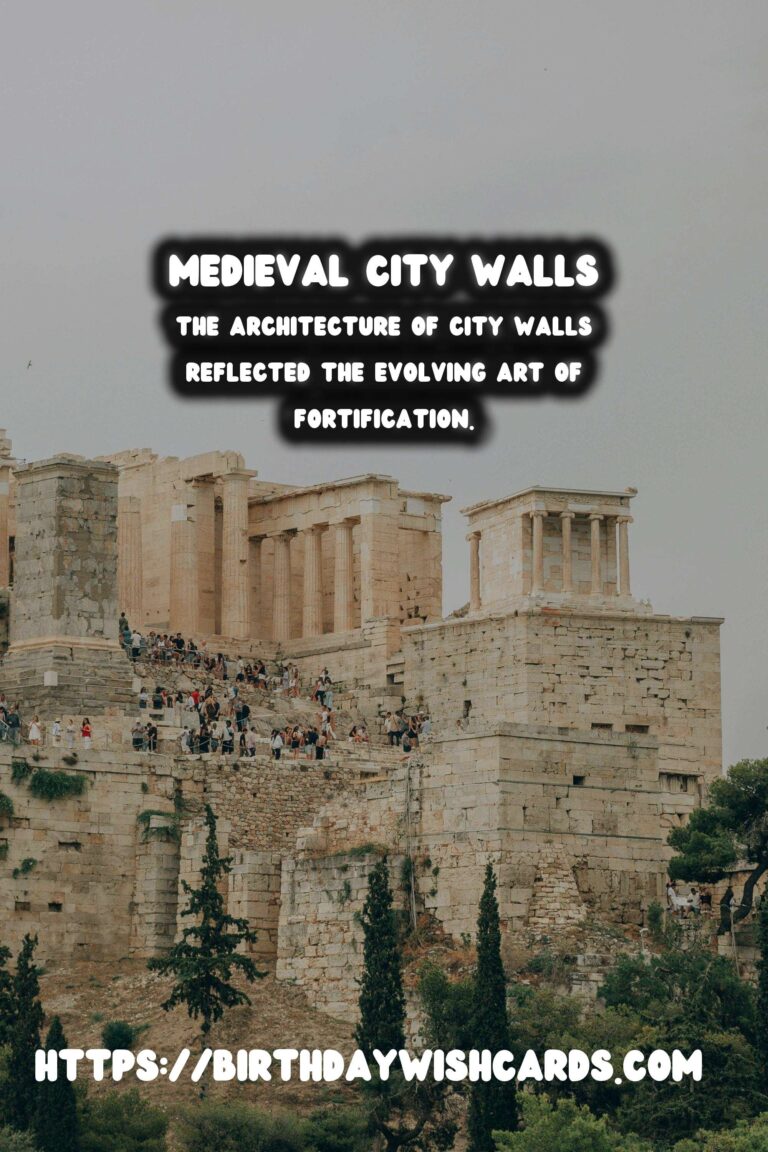
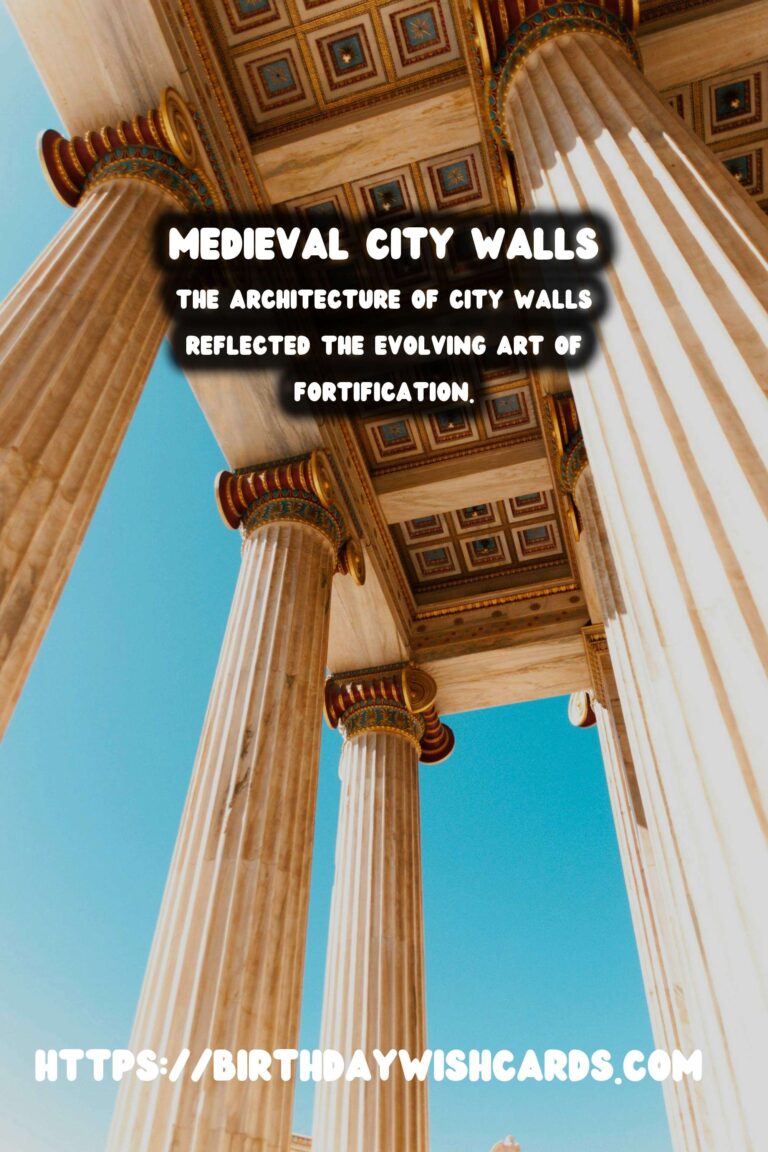
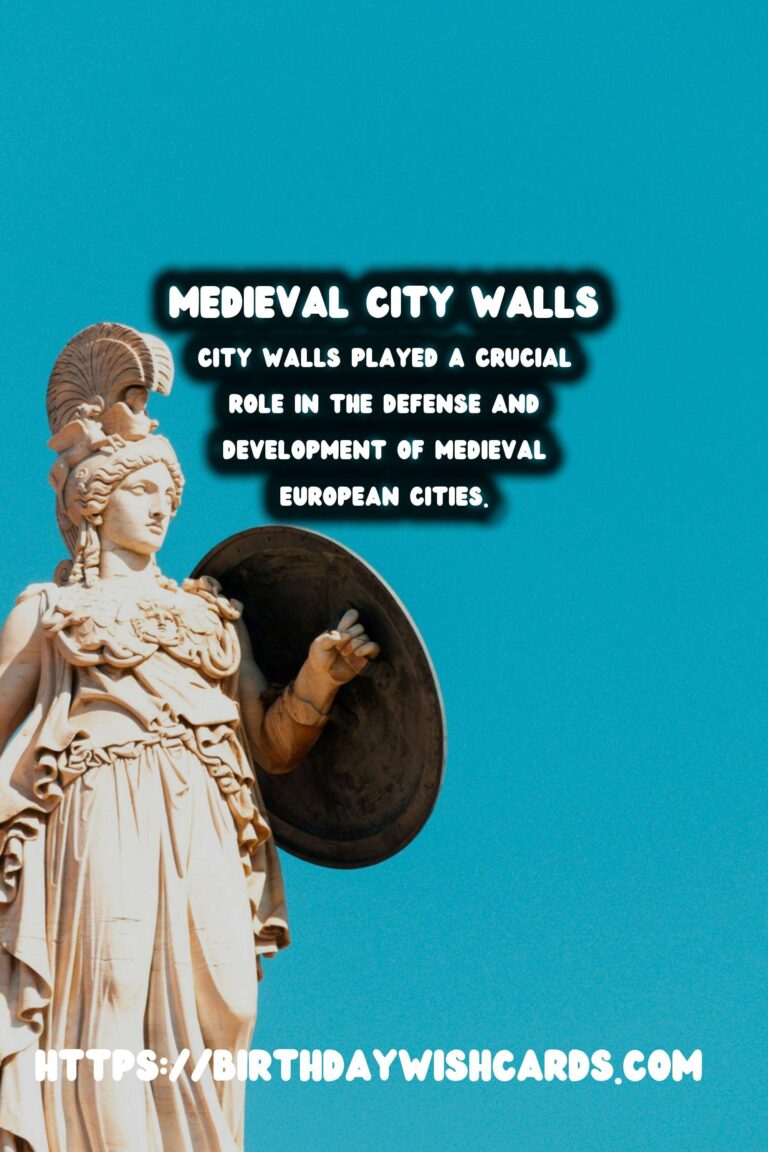
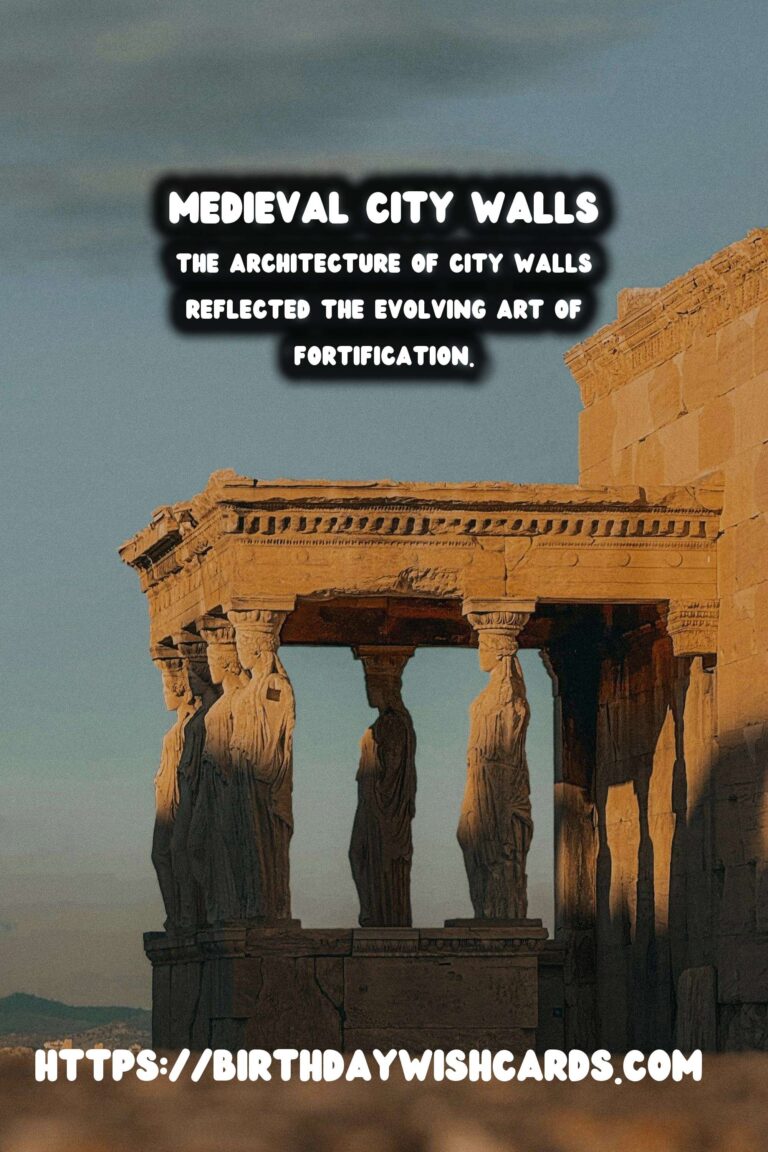
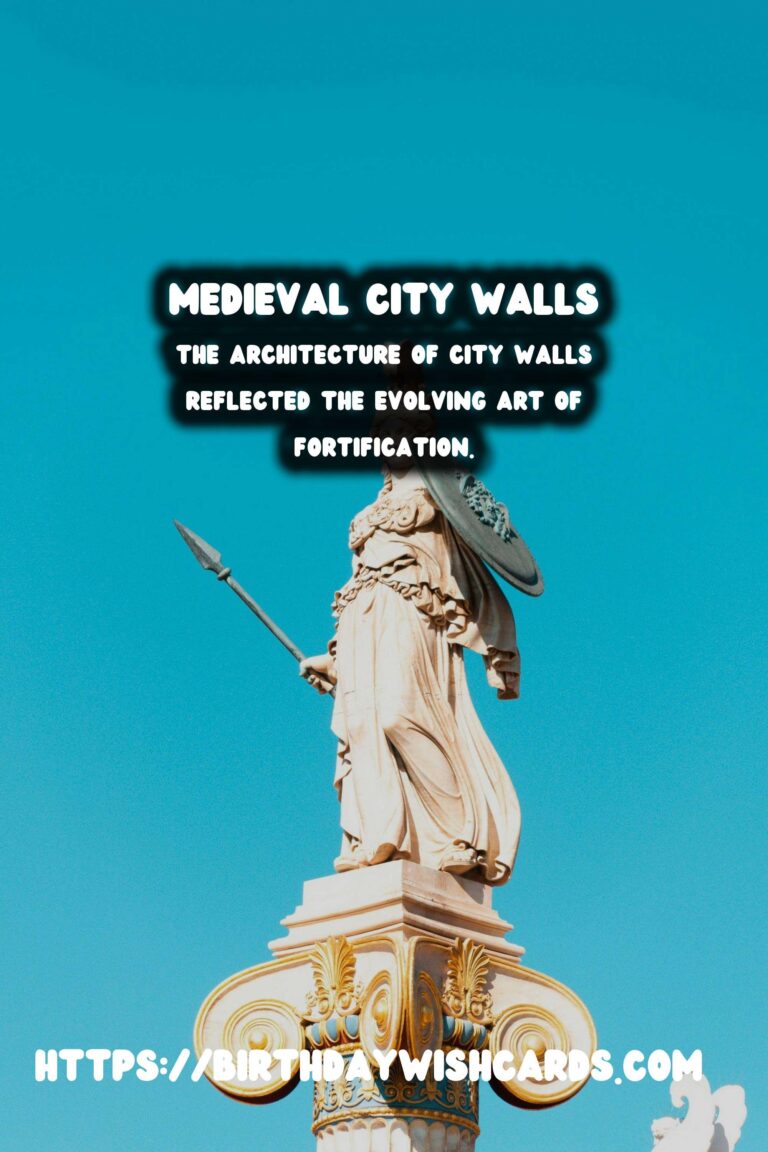
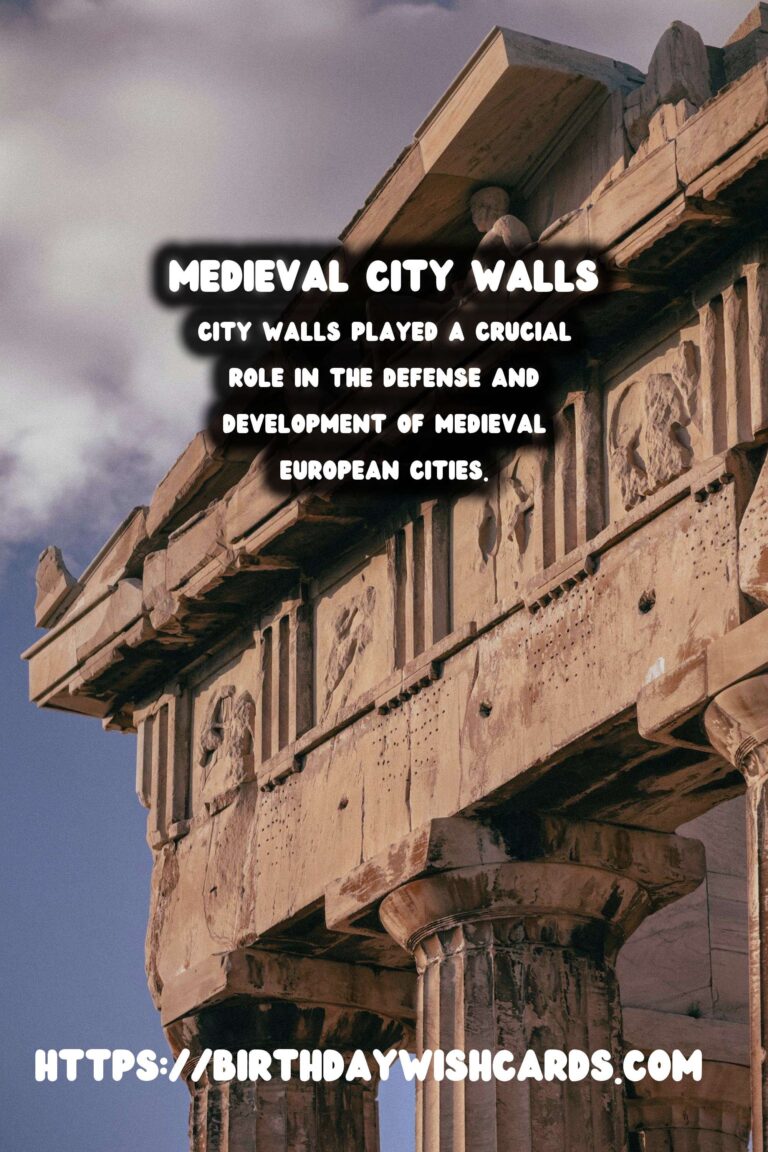
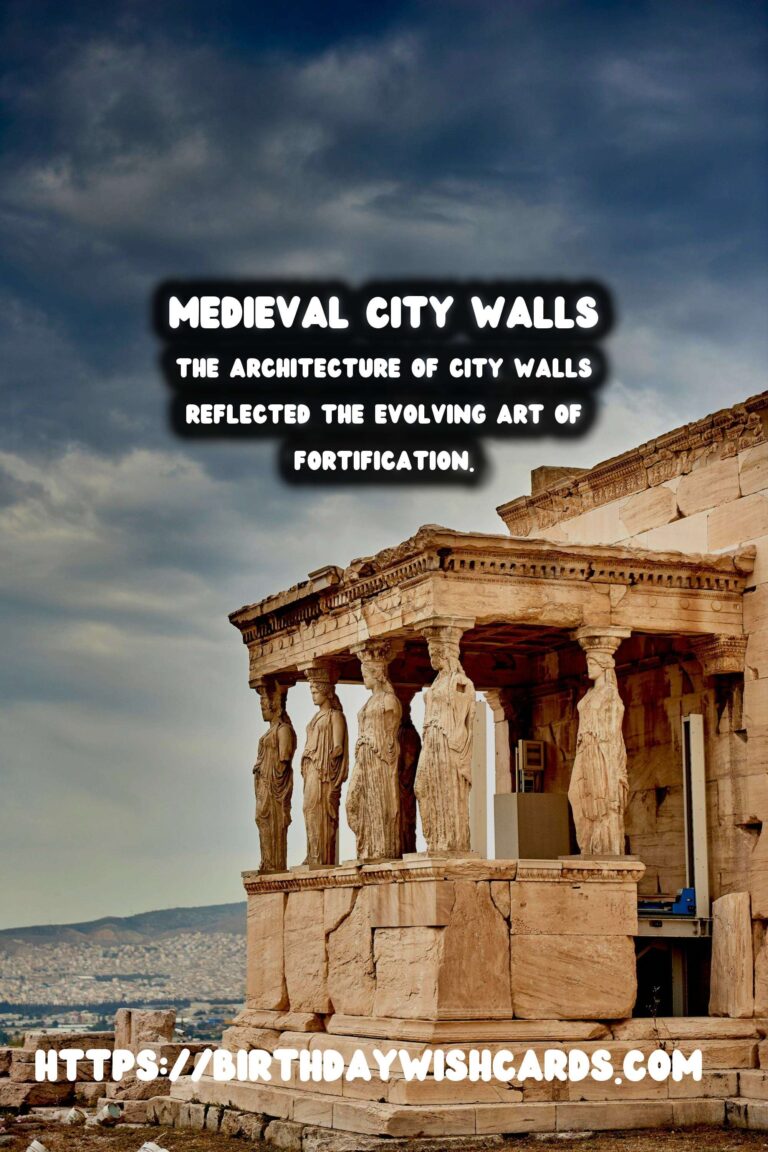
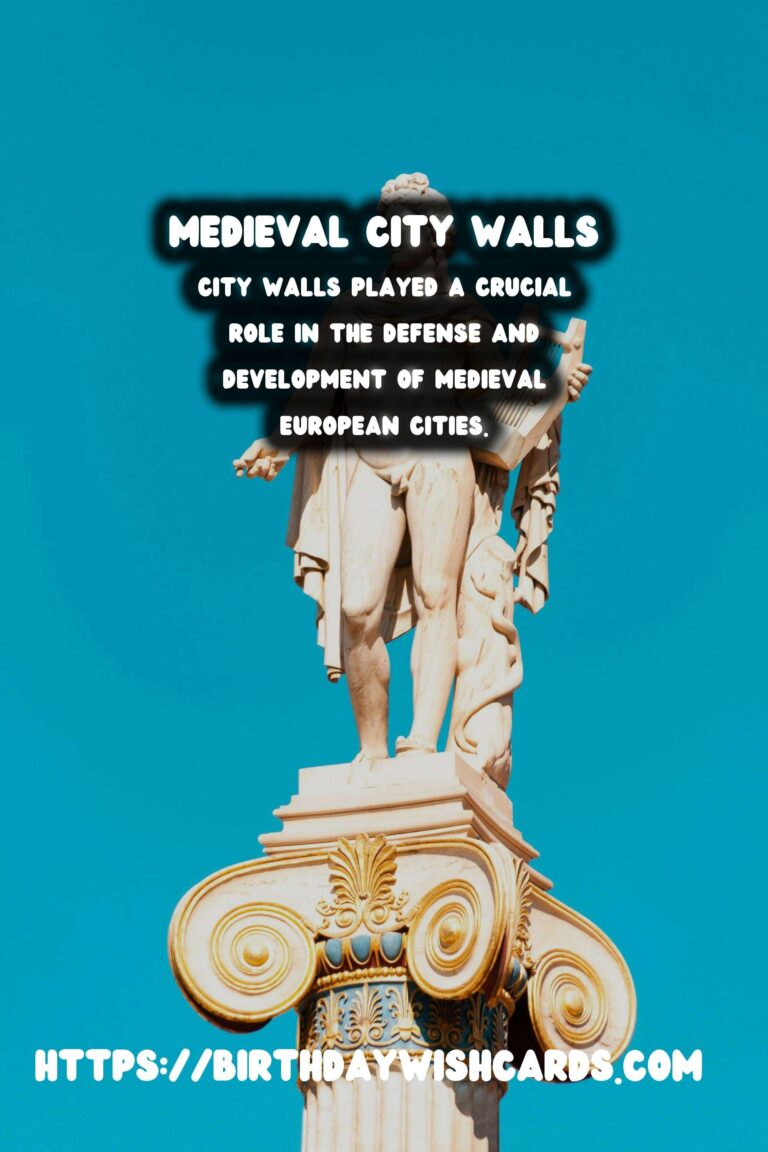
#MedievalHistory #CityWalls




